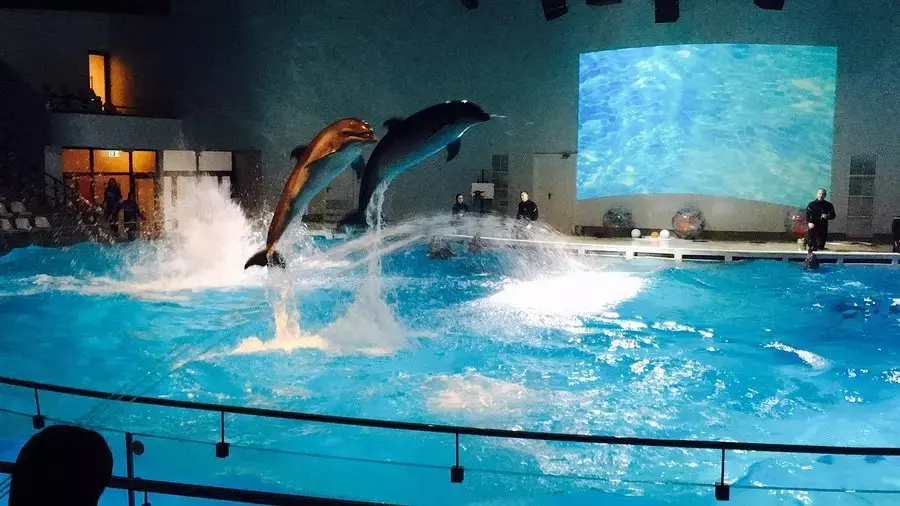Museum of Small Lithuanians

- The Museum of Small Lithuanians in Klaipėda is a cultural and historical treasure dedicated to preserving the heritage of the Small Lithuanians (Mažlietuviai)—an ethnic group native to Lithuania Minor. This museum provides an insightful look into the history, traditions, and daily life of these people, who lived in the Prussian-Lithuanian region for centuries before historical upheavals reshaped the region’s demographics.
- The museum houses a rich collection of artifacts, including traditional clothing, household items, tools, books, and documents that depict the unique lifestyle of Small Lithuanians. One of the highlights of the museum is its exhibition on Lithuanian printing, showcasing how the people of this region played a crucial role in preserving and promoting Lithuanian literature and language, especially during times when it was suppressed. The museum also explores the religious and cultural traditions that shaped their identity, including aspects of Lutheranism, which was the dominant faith among Small Lithuanians.
- In addition to historical displays, the Museum of Small Lithuanians offers interactive exhibits and educational programs that allow visitors to learn about the architecture, crafts, and folklore of this once-thriving community. Visitors can see recreated interiors of traditional homes, giving a glimpse into the domestic life of the Small Lithuanians. Special events and themed exhibitions are held throughout the year, focusing on different aspects of the region’s history, from agriculture and trade to political changes and migration.
- Located in Klaipėda’s historic center, the museum is a must-visit for history enthusiasts, cultural explorers, and anyone interested in the roots of Lithuania Minor. It serves as an important reminder of a lost cultural identity, educating visitors about the challenges faced by the Small Lithuanians and their contributions to Lithuania’s national heritage. A visit to this museum offers a deeper understanding of Klaipėda’s multicultural past and the enduring legacy of Lithuania Minor.
